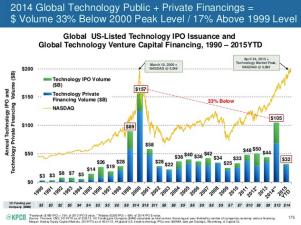 There is a huge pile of research reports and studies on my desk how digitization will change the way we do business. And I am sure there are similar piles in many managers’ offices. But what good are the best reports if you are unable to move the transformation forward?
There is a huge pile of research reports and studies on my desk how digitization will change the way we do business. And I am sure there are similar piles in many managers’ offices. But what good are the best reports if you are unable to move the transformation forward?
Those that are succeeding in moving along their digital transformation have two things in common: one, they not only understand what digital transformation means, they also know that it means a fundamental change for the whole company. And two, they ensure that they have the right resources with the right expertise to transform their corporate culture to meet the upcoming challenges.
Digital transformation needs to driven by the CEO. Not your Head of IT. Not your Head of Sales. Not your Head of Something Something. It needs to be one of the top strategic priorities for the whole company driven from the top down.
Digital transformation is not walking down a straight path. You will need to be open for new business models. For new ways of implementing products and services. And your corporate culture will need to allow failure.
Digital transformation can be driven an internal facilitator like a Chief Digital Officer or even be outsourced into a new venture that can work without any “analog”disruption from the organization in form of resistance or doubts. But whatever way is chosen at the end of you will need a leader.
Digital transformation needs a leader who has a strong project management background, who is a multitasker, open to try new things. You will need someone who is impatient, a fast thinker , who plays well with others and is able to influence change within the culture of the board and with it the rest of the company. And you will need someone who is a strong communicator. Someone who can combine the “old” with the “new”.
That is why it is imperative for all organizations to start understanding what digital transformation means for their business and how the digital competencies of new and existing directors will fit emerging strategies. And it is the CEO’s task to ensure that this journey is started on the right path.

